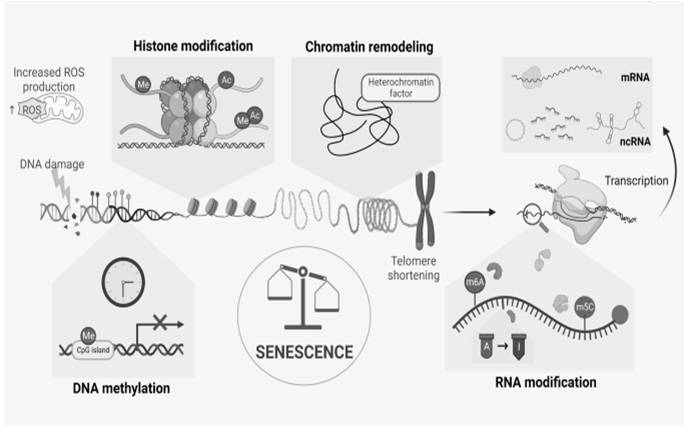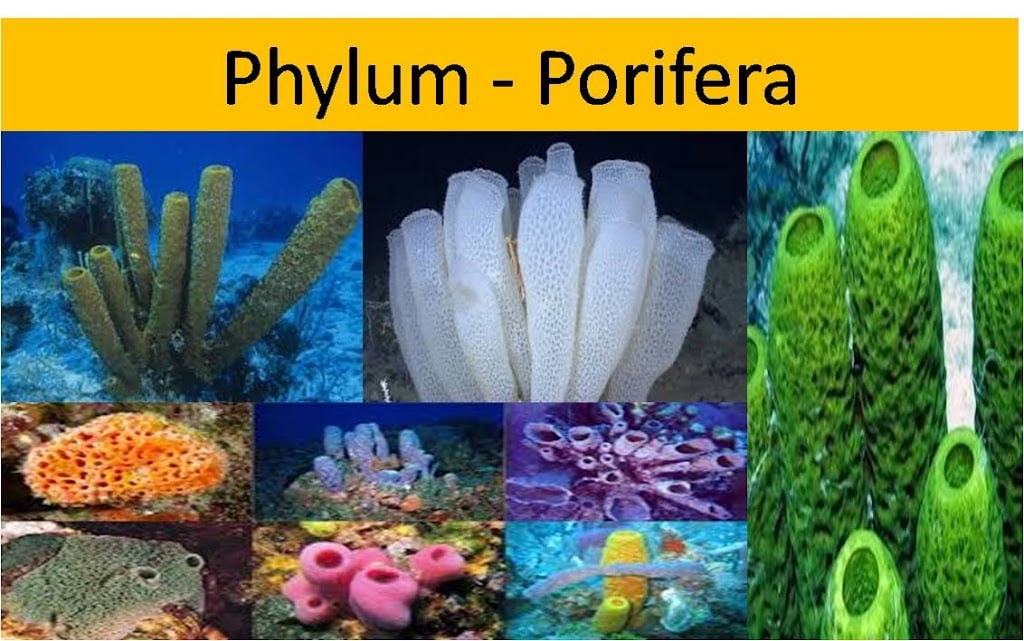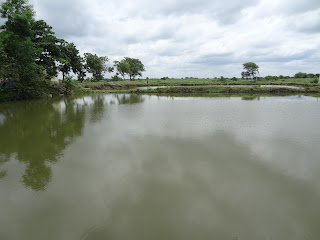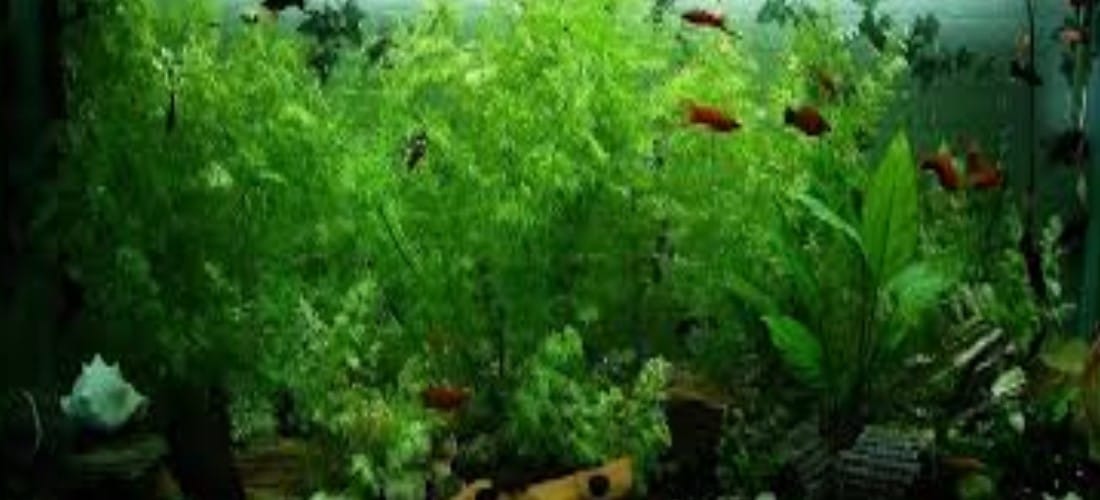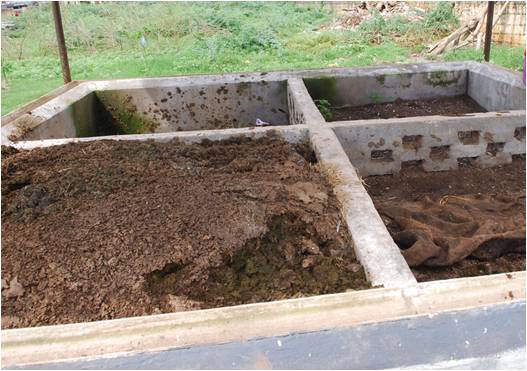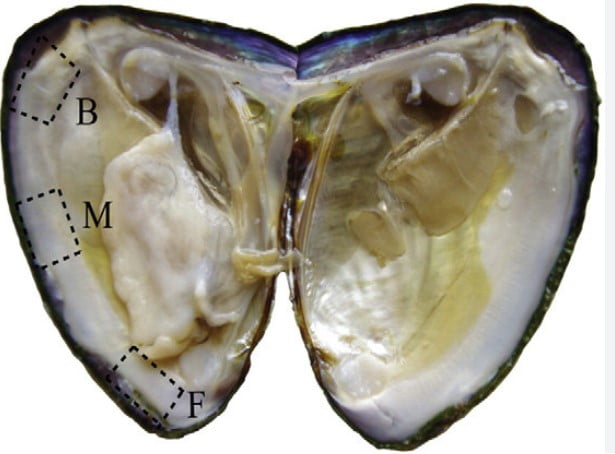Vermiculture: Vermiculture, also known as worm composting, is an eco-friendly and efficient method of converting organic waste into nutrient-rich vermicast. This process involves the cultivation of specific species of worms, such as Eisenia fetida (commonly known as red wiggler, brandling, or manure worm), E. foetida, and Lumbricus rubellus, to decompose organic matter and produce a valuable soil amendment. In this complete guide to vermiculture, we will explore the benefits, setup process, aintenance, and applications of this sustainable practice.
What is Vermiculture?
Vermiculture is the practice of utilizing earthworms to decompose organic waste materials. These specialized worms consume organic matter and transform it into vermicast, a nutrient-rich material also known as worm castings. Vermicast is highly valued as a soil amendment due to its beneficial properties and ability to enhance soil fertility.
Vermicomposting process
Vermicomposting is the process by which worms are used to convert organic materials (usually wastes) into a humus-like material known as vermicompost. Vermicompost is becoming popular as a major component of organic farming system. The vermicomposting process is started with the right kind of worm selection for successful vermiculture. Due to their prolific hunger, capacity to adapt to different environments, and effective production of vermicast, red wigglers (Eisenia fetida & Lumbricus rubellus) are frequently suitable. These worms are widely accessible and do well in settings with organic waste.
 |
| Eisenia foetida |
Methods of vermicomposting
Vermicromposting is done by various methods, among them bed and pit methods are more common.
Bed method: The bed method of vermiculture is a simple and effective way to compost food scraps and other organic materials using worms. It can be done indoors or outdoors, and requires relatively little space or equipment.
You will need for setup vermicomposting bed:
- A container that is at least 12 inches deep and has drainage holes in the bottom.
- Bedding material, such as shredded paper, cardboard, or coconut coir.
- Food scraps and other organic materials for the worms to eat.
- Water to keep the bedding moist.
- Worms! (Eisenia fetida & Lumbricus rubellus)
Instructions:
- Fill the bottom of the container with a few inches of bedding material.
- Add a layer of food scraps and other organic materials.
- Moisten the bedding and food scraps with water.
- Add a layer of bedding material on top of the food scraps.
- Introduce the worms to the bed.
- Cover the bed with a lid or piece of fabric to keep the moisture in and pests out.
Once your vermicomposting bed is set up, basic materials required for cultured like crop residues, dry leaves, cattle dung, sawdust, coir waste, paddy husk, slurry from the biogas plant, poultry waste, and vegetable wastes. The entire culturing process should be carried out under cover to prevent direct sunlight. Every few weeks, you can add a new layer of food scraps and bedding material to the top of the bed. As the worms eat their way through the bedding and food scraps, they will produce vermicompost, a nutrient-rich fertilizer that can be used on your plants.
Pit method: Composting is done in the cemented pits of size 5x5x3 feet. The unit is covered with thatch grass or any other locally available materials. This method is not preferred due to poor aeration, water logging at bottom, and more cost of production. The pit method of vermiculture is a less common method of composting organic waste using worms, but it can be effective for larger-scale operations. It involves digging a pit in the ground and filling it with bedding material and food scraps. The worms are then added to the pit, where they will break down the organic matter and produce vermicompost.
- A shovel or other digging tool.
- A location for the pit that is well-drained and receives partial shade.
- Bedding material, such as shredded paper, cardboard, or straw.
- Food for the worms, such as kitchen scraps, fruit and vegetable peels, coffee grounds, and tea bags.
- Red wiggler worms (Eisenia fetida).
Instructions:
- Dig a pit that is at least size of 5x5x3 feet.
- Fill the bottom of the pit with a layer of drainage material, such as gravel or coarse sand.
- Add a layer of bedding material, about 12 inches thick.
- Add a layer of food scraps, about 6 inches thick.
- Sprinkle a thin layer of bedding material over the food scraps.
- Repeat steps 4 and 5 until the pit is full.
- Add the worms to the top of the pit.
- Cover the pit with a layer of straw or other organic material to help keep the moisture in and pests out.
The pit method of vermiculture is a good option for people who have a lot of organic waste to compost and who have the space for a pit. It is also a good option for people who live in warm climates, as the pit will help to keep the worms warm during the winter months. It is a good option for farmers and other large-scale vermicomposting operations.

Vermicomposting materials
Decomposable organic wastes such as crop residues, dry leaves, cattle dung, sawdust, coir waste, paddy husk, slurry from the biogas plant, poultry waste, vegetable wastes, kitchen waste, farm residues and forest litter are commonly used as composting materials. In general, animal dung mostly cow dung and dried chopped crop residues are the key raw materials. Mixture of leguminous and non-leguminous crop residues enriches the quality of vermicompost. ‘Vermiculture’
Watering the vermibed
Daily watering is not required for vermibed. But 60% moisture should be maintained throughout the period. If necessity arises, water should be sprinkled over the bed rather than pouring the water. Watering should be stopped before the harvest of vermicompost.
Harvesting vermicompost
In the bed method of the vermicompost, harvesting simply remove the top layer of bedding material. The vermicompost will be the dark, crumbly material underneath. You can use the vermicompost immediately on your plants, or you can store it in a sealed container for later use. The castings formed on the top layer are collected periodically. The collection may be carried out once in a week. With hand the casting will be scooped out and put in a shady place as heap like structure. The harvesting of casting should be limited up to earthworm presence on top layer. This periodical harvesting is necessary for free flow and retain the compost quality. Other wise the finished compost get compacted when watering is done.
Nutritive value of vermicompost
The nutrients content in vermicompost vary depending on the waste materials that are being used for compost preparation. If the waste materials are heterogeneous one, there will be wide range of nutrients available in the compost. If the waste materials are homogenous one, there will be only certain nutrients are available. A fine worm cast is rich in N P K besides other nutrients. Nutrients in vermicompost are in readily available form and are released within a month of application. The common available nutrients in vermicompost is as follows ‘Vermiculture’
- Organic carbon : 9.5 – 17.98%
- C/N ratio : 11.64
- Nitrogen : 0.5 – 1.50%
- Phosphorous : 0.1 – 0.30%
- Potassium : 0.15 – 0.56%
- Sodium : 0.06 – 0.30%
- Calcium and Magnesium : 22.67 to 47.60 meq/100g
- Copper : 2 – 9.50 mg kg-1
- Iron : 2 – 9.30 mg kg-1
- Zinc : 5.70 – 11.50 mg kg-1
- Sulphur : 128 – 548 mg kg-1
Benefits of Vermiculture
Soil Enrichment: Vermicast is a natural fertilizer that improves soil structure, enhances nutrient availability, and promotes microbial activity. It enriches the soil with essential nutrients like nitrogen, phosphorus, and potassium, as well as trace elements required for plant growth. Vermiculture provides a sustainable and organic approach to soil enrichment.
Waste Management: One of the significant benefits of vermiculture is its contribution to waste management. By diverting organic waste from landfills and transforming it into valuable vermicast, vermiculture reduces the environmental impact of waste disposal. It allows for the efficient recycling of organic materials, reducing greenhouse gas emissions and promoting a circular economy.
Sustainable Farming: Vermiculture aligns with sustainable farming practices by minimizing reliance on synthetic fertilizers and pesticides. The use of vermicast improves soil health, reduces nutrient runoff, and promotes a balanced ecosystem. It offers a natural and environmentally friendly alternative for agriculture, horticulture, and gardening.
Applications of Vermicast
Gardening and Agriculture: Vermicast is an excellent soil amendment for gardening and agriculture. Mix vermicast into the soil to improve its structure, water-holding capacity, and nutrient content. It promotes healthy root development, enhances plant growth, and reduces the need for synthetic fertilizers.
Composting: Vermicast can be used as an additive in traditional composting systems. Its rich nutrient profile speeds up the decomposition process and enhances the quality of compost. Mixing vermicast into compost piles accelerates nutrient breakdown and ensures a well-balanced final product.
Soil Remediation: Vermicast shows promise in soil remediation projects. Its ability to enhance soil structure and microbial activity can aid in rehabilitating degraded soils. Vermicast has been used successfully in restoring soil fertility in contaminated sites, contributing to sustainable land restoration efforts.
Conclusion
Vermiculture offers numerous benefits, including soil enrichment, waste management, and sustainable farming practices. By harnessing the power of earthworms, organic waste can be transformed into nutrient-rich vermicast, promoting healthy soils and reducing environmental impacts. Whether for gardening, composting, or soil remediation, vermiculture provides a practical and eco-friendly solution for utilizing organic resources.
FAQs
Can vermiculture be done indoors?
Yes, vermiculture can be conducted indoors using specialized worm bins (Bed method) that are designed for indoor use. It is an excellent option for those with limited outdoor space.
Are there any specific precautions to take when setting up a vermiculture system?
Avoid using materials or additives that are toxic to worms, such as pesticides or chemical fertilizers. It’s important to maintain suitable moisture and temperature levels for the worms’ well-being.
How long does it take for vermicast to be produced?
The time required for vermicast production varies depending on several factors, including the number of worms, the amount and type of organic waste, and the environmental conditions. Typically, vermicast can be harvested within a few months to a year.
Can vermicast be used directly on plants?
Yes, vermicast can be applied directly to plants as a soil amendment. It is safe and beneficial for plant growth, providing essential nutrients and improving soil structure.
Is vermiculture suitable for both residential and commercial use?
Yes, vermiculture can be practiced in various settings, including residential homes, community gardens, and commercial farms. It can be scaled up or down depending on the available space and the desired production volume.


